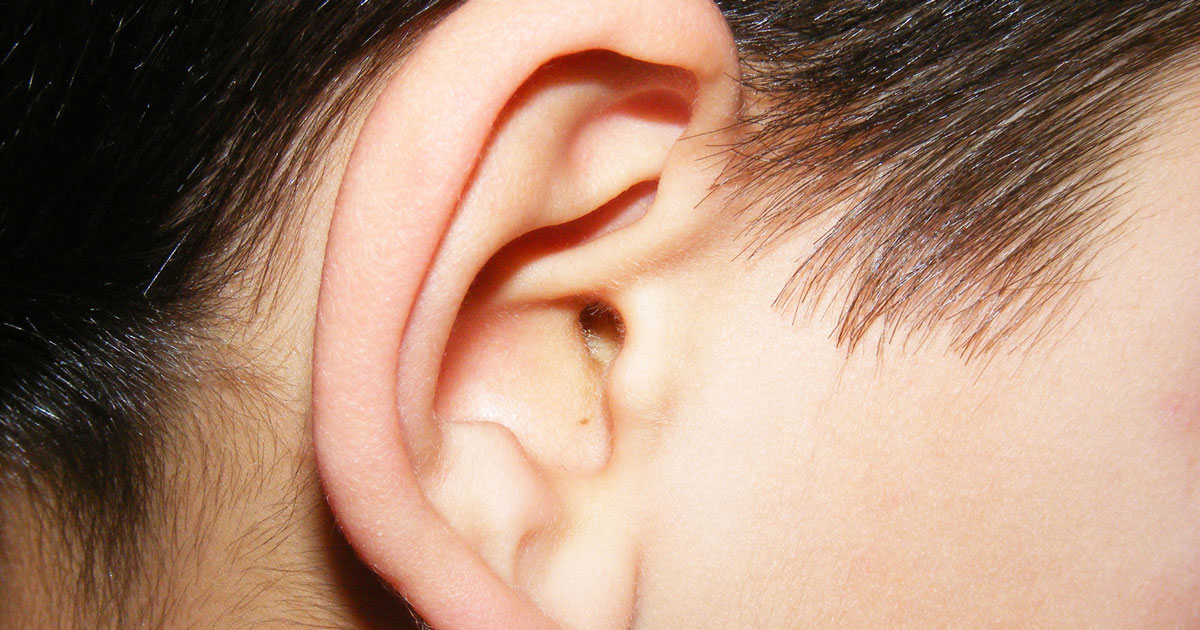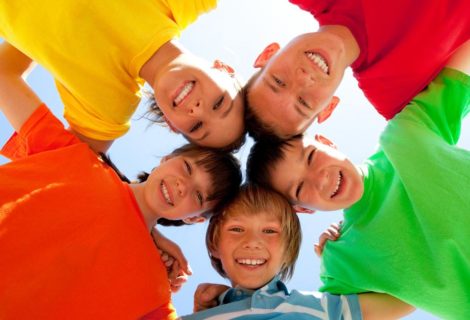Can osteopathy help glue ear?
What is glue ear?
“Glue ear” occurs when poor function of the tube between the middle ear and the back of the throat causes a build-up of fluid due to poor drainage. It is most common in babies and children under the age of 7 years. This is thought to relate to the development of this tube (Eustachian tube), which at birth runs horizontally; so drains less effectively. The tube gradually becomes more vertical in those first seven years of growth.
When there is prolonged stasis in the middle ear, the fluid can thicken hence the name – Glue Ear. It can be important to treat the glue ear as it can affect hearing and speech development in young children. It can also set the stage for repeated middle ear infections, which may result in multiple courses of antibiotics and sometimes in surgery for grommets.
The bones at the base of the skull house the middle and inner ear and have the muscles that form the throat attached to them. This area undergoes a lot of pressure in late pregnancy and in labour; especially if it is prolonged or a difficult one. Sometimes underlying strains in the muscles of the neck and throat may contribute to poor drainage from the ear. Swelling and inflammation associated with teething may also impact the drainage of the ear tube.
Our clinical observations have been that when strains in the neck muscles and throat muscles are balanced successfully this seems to coincide with an improvement in the child’s symptoms as reported by their parents and reduced fluid in the middle ear from audiology testing. This has been our experience and is not strongly supported by current scientific research. Further study in this area is required before we can say osteopathic treatment to the muscles, bones and joints of the neck and head may improve the symptom picture of glue ear.
A study on children aged from 6mo to 6 years old with recurrent ear infections was published by the American Medical Association in 2003. It revealed that osteopathic treatment “may prevent or decrease surgical intervention or antibiotic overuse” and that “several parents reported pleasant effects such as relaxation or a good nap after the treatment.” See journal article here.
*This was a relatively small study on 57 patients and the results will need to be replicated in future research with larger groups to support the findings.







